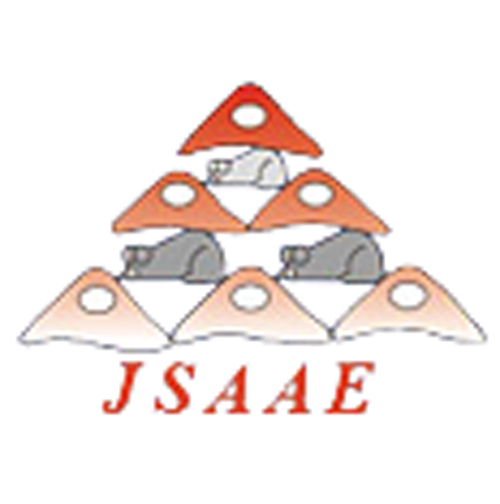Presented at the14th Annual Meeting of the Japanese Society for Alternatives Animal Experiments (JSSAE), November 15-17, 2000, Chiba
(pp. 79 – 142)
Plenary Lecture
Current Validation Studies on Alternatives to Animal Experiments in Europe
Horst Spielmann and Manfred Liebsch(pp. 81 – 89)
National Centre for Documentation and Evaluation of Alternative Methods to Animal Experiments (ZEBET) at the Federal Institute for Health Protection of Consumers and Veterinary Medicine (BgVV), Berlin, Germany
Dr. med. Horst Spielmann
Direktor und Professor
Head of Department
ZEBET at the BgVV
Diedersdorfer Weg 1
D-12277 Berlin, Germany
phone: +49-1888-412-2270; fax:: +49-1888-412-2958;
e-mail: zebet@bgvv.de
short title: current validation studies in Europe
Presented at the 14TH ANNUAL MEETING OF THE JAPANESE SOCIETY FOR ALTERNATIVES TO ANIMAL EXPERIMENTS (JSAAE), November 15-17, 2000, at Ichikawa/Tokyo Japan
AATEX 7(4):81-89,2001
Abstract
Since no scientific approach or regulatory guidelines existed for the experimental validation of in vitro toxicity tests, in 1990 a US/European validation workshop agreed in Amden (Switzerland) on a simple definition of the validation process. Several international validation studies failed, although they were conducted according to these recommendations. Taking into account the lessons learned from this experience, a second validation workshop was held by ECVAM in Amden in 1994 to develop a more precisely defined validation concept. Prevalidation and the development of biostatistically defined prediction models were added as essential elements to the validation process. In 1995/1996 the ECVAM validation procedure was officially accepted by EU member countries and at the international level by the US regulatory agencies and the OECD.
The improved validation concept was immediately introduced into ongoing validation studies. In 1996 the ECVAM/COLIPA validation study of in vitro phototoxicity test, which was conducted according to the ECVAM/OECD validation concept, was finished successfully and in 1998 a supporting study on UV-filter chemicals. In 1998 the 3T3 NRU PT in vitro phototoxicity test was the first experimentally validated in vitro toxicity test that was recommended for regulatory purposes by ESAC, the ECVAM Scientific Advisory Committee, and by the DG ENV of the EU Commission. Meanwhile two in vitro skin corrosivity tests have successfully been validated by ECVAM. Finally, in June of the year 2000 the three experimentally validated tests were accepted by EU member states for regulatory purposes as the first in vitro toxicity tests. Examples will be given of successful validation studies during the past decade with particular reference to in vitro toxicity tests that were evaluated for regulatory purposes either by the US validation centre ICCVAM or ECVAM in the fields of sensitisation, phototoxicity and embryotoxicity.
Abstract
Satellite Session –97
Utilization and Some Problems with Skin Irritation Alternative Test Kit
Symposium 1 –97
Current Status of Alternative to Animal Experiments in Safety Assessment
Plenary Lecture -104 AATEX Excellent Paper Award Lecture -105
Symposium 2 -106
Possibilities of High-throughput Screening in Alternative Animal Experiments
Panel Meeting -113
Alternative Test Kit for Skin Irritation and It’s Problem
Mini Workshop -115
New Approaches to the Assessment of Acute Systemic Toxicity
Forum for Citizen -119
Animal Experimentations and Alternatives in Primary and Secondary Schools
Poster Presentations -122

